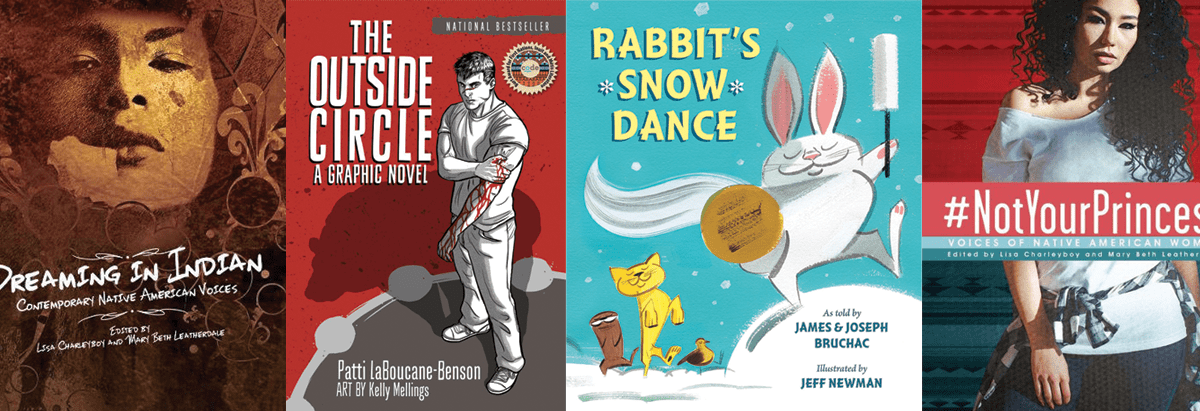
10 Books for National Indigenous Peoples Day
This was written by Programs Intern, Connor Richter.
Friday, June 21st is National Indigenous Peoples Day. It is a day where we can all celebrate the culture, traditions, and history of the Indigenous Peoples that cultivated this land before us and who continue to contribute to the rich diversity of Canada.
Encourage readers to connect with Indigenous culture through these stories.
1.
Go Show the World: A Celebration of Indigenous Heroes by Wab Kinew

(Recommended for ages 4 – 6)
Go Show the World is a tribute to historic and modern-day Indigenous heroes, featuring important figures such as Tecumseh, Sacagawea, Crazy Horse, former NASA astronaut John Herrington and Canadian NHL goalie Carey Price. Collectively, they empower the reader with this message: “We are people who matter, yes, it’s true; now let’s show the world what people who matter can do.”
2.
Sometimes I Feel Like a Fox by Danielle Daniel
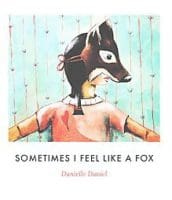
(Recommended for ages 4 – 6)
In this introduction to the Anishinaabe tradition of totem animals, young children explain why they identify with different creatures—such as a deer, beaver, or moose. Danielle Daniel also explains the importance of totem animals in Anishinaabe culture and how they can also act as animal guides for young children seeking to understand themselves and others.
3.
Shi-Shi-Etko by Nicola I. Campbell
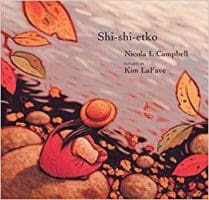
(Recommended for ages 4 – 6)
Kim LaFave’s richly hued illustrations complement Nicola I. Campbell’s gently moving and poetic account of a child who finds solace around her, even though she is on the verge of great loss—a loss that native people have endured for generations because of Canada’s residential schools system.
4.
Solomon’s Tree by Andrea Spalding
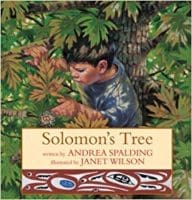
(Recommended for ages 7 – 9)
Solomon has a special friendship with the big old maple outside his house. He knows the tree in all seasons and all weathers. When a terrible storm tears it up by its roots, Solomon is devastated. But through the healing process of making a mask from part of the tree with his uncle, he learns that the cycle of life continues and so does the friendship between himself and the tree.
5.
A Promise is a Promise by Robert Munsch and Michael Kusugak
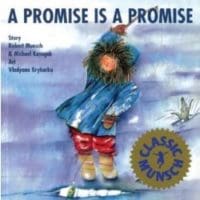
(Recommended for ages 7 – 9)
When Allashua disobeys her parents and goes fishing on the sea ice, she has to use her wits to escape and to further trick the Qallupilluit when she promises to bring her brothers and sisters back to them.
6.
Rabbit’s Snow Dance as told by James & Joseph Bruchac

(Recommended for ages 7 – 9)
Master storytellers Joseph and James Bruchac present a hip and funny take on an Iroquois folktale about the importance of patience, the seasons, and listening to your friends.
7.
Native Americans: A Visual Exploration by S. N. Paleja
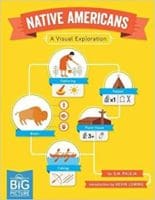
(Recommended for ages 10 – 12)
A dynamic visual snapshot of North America’s first peoples, from the prehistoric era to today.
Packed with exciting infographics that capture the history and culture of Native Americans in the U.S. and Canada, this compact and innovative approach decodes information simply and clearly.
8.
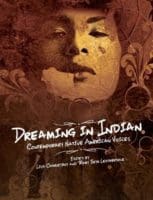
Dreaming in Indian: Contemporary Native American Voices edited by Mary Beth Leatherdale and Lisa Charleyboy
(Recommended for ages 13 – 15)
A powerful and visually stunning anthology from some of the most groundbreaking Native artists working in North America today. Truly universal in its themes, Dreaming In Indian will shatter commonly held stereotypes and challenge readers to rethink their own place in the world.
9.
#NotYourPrincess: Voices of Native American Women
edited by Mary Beth Leatherdale and Lisa Charleyboy
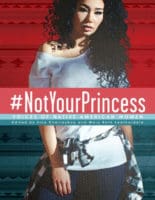
(Recommended for ages 13 – 15)
Whether looking back to a troubled past or welcoming a hopeful future, the powerful voices of Indigenous women across North America resound in this book with an eclectic collection of poems, essays, interviews, and art that combine to express the experience of being a Native woman.
10.
The Outside Circle by Patti LaBoucane-Benson
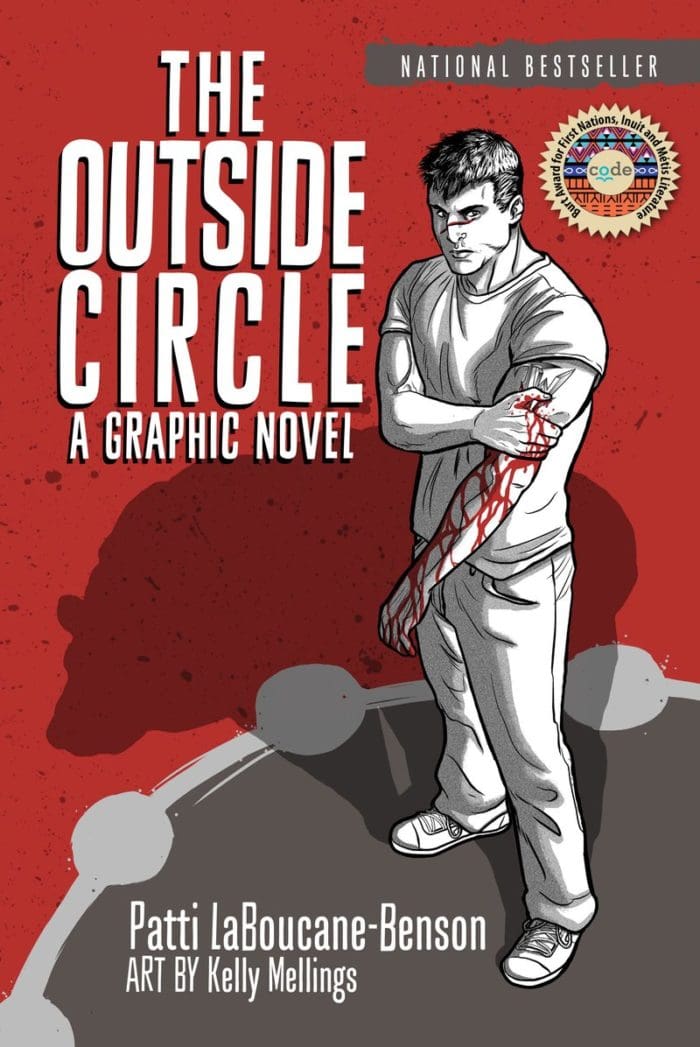
(Recommended for ages 16 – 18)
In this important graphic novel, two Aboriginal brothers—both gang members—surrounded by poverty and drug abuse, try to overcome centuries of historic trauma in very different ways to bring about positive change in their lives. Powerful, courageous, and deeply moving, The Outside Circle is drawn from the author’s twenty years of work and research on healing and reconciliation of Aboriginal men who are gang-affiliated or incarcerated.
